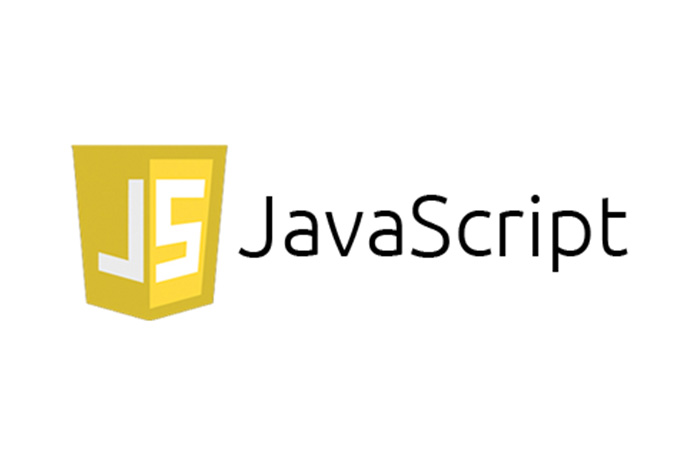Local Storage

Abbreviations
*[API]: Application Programming Interface
*[DOM]: Document Object Model
*[JS]: JavaScript
*[JSON]: JavaScript Object Notation
Introduction
In this subunit, we'll explore localstorage and see how this is used to persist information across tabs and pages. Storing information in the browser is extremely common when building web applications and one of the easiest ways to do that with JavaScript is through localstorage.
Goals
Utilize
localstorageto save information in the browserCompare adn contrast
localstorageandsessionstorageAdd and remove primitives to/from
localstorageAdd and remove objects to/from
localstorage
localstorage
What is localstorage
localstorage is a mechanism for storing information in the browser for a specific domain
The API is quite easy to use and very minimal - so let's get started with it!
localstorage vs sessionstorage
When you read more about localstorage you will also hear about something called sessionstorage
data stored in
localstoragehas no expiration timedata stored in
sessionstoragegets cleared when the browsing session ends
Modifying localstorage
The most important thing to remember is that all of your keys in localstorage or sessionstorage must be strings.
localstorage stores everything as strings, so it’s just good to get in the habit of setting your keys as strings to avoid confusion.
Setting an item in localstorage
We do this using the setItem method
Retrieving an item in localstorage
To retrieve we use the getItem method (only passing in the key)
You can alternatively just access items on the localstorage object:
If you refresh the page - you should be able to still retrieve these keys in localstorage!
Clearing localstorage
To delete a key we use the removeitem function
To clear everything from localstorage we use the clear function
Adding Objects to localstorage
So far we have only added primitives, which is nice and easy, but what happens when we start adding objects?
Well, things get a bit trickier.... Let's see what happens:
When we get the friends key from localstorage, we don't have an array anymore - we have a string!
Remember, when dealing with localstorage, everything gets converted into a string
In order to get back our original data type, we need to convert this array to a special string format called JSON
JSON (JavaScript Object Notation) is a lightweight data-interchange format. It is easy for humans to read and write. It is easy for machines to parse and generate
We will be discussing it quite a bit more later on
Working with JSON in the browser
JavaScript has a built-in JSON object, and on this object are two methods used to convert JavaScript data into JSON, and to parse JSON strings into JavaScript
JSON.stringify- is used to convert JavaScript to JSON (or stringify)JSON.parseparses a string as JSON
Using these two methods allows us to preserve the intended data structure when it is something other than a string: